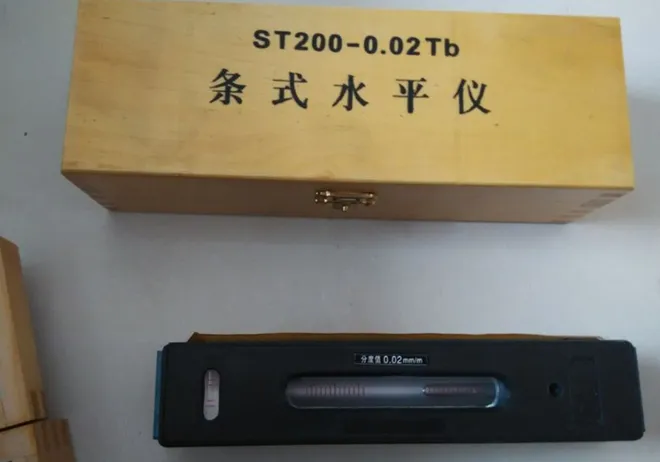ഡിസം . 04, 2024 18:23 Back to list
y type water strainer
Understanding Y-Type Water Strainers Functionality, Benefits, and Applications
Water strainers are essential components in various water systems, playing a pivotal role in maintaining the efficiency and longevity of equipment by preventing debris from causing blockages. Among the different types of strainers available on the market, Y-type water strainers are particularly popular due to their design and efficiency. This article delves into the functionalities, benefits, and applications of Y-type water strainers.
What is a Y-Type Water Strainer?
A Y-type water strainer is a filtration device designed to trap particles and contaminants present in liquid systems. Named for its distinctive Y shape, this strainer features an inlet and outlet on either side of a central straining element. Typically made from materials like cast iron, stainless steel, or bronze, Y-type strainers are robust and capable of handling various pressure and temperature conditions.
How Does a Y-Type Water Strainer Work?
The operation of a Y-type water strainer is straightforward. When water flows into the strainer, it passes through the filter element, which captures any dirt, sand, or other debris. The filtered water then exits through the outlet, while the trapped particles accumulate within the strainer. A clean-out or drain valve located at the bottom of the strainer allows for easy removal of the collected debris, ensuring continued performance without the need for extensive disassembly.
Benefits of Y-Type Water Strainers
1. Effective Filtration Y-type strainers provide excellent filtration efficiency, capturing a wide range of particle sizes. This efficiency protects downstream equipment—from pumps to valves—from wear and damage caused by foreign particles.
2. Versatility These strainers can be used in various applications, including irrigation systems, HVAC systems, industrial processes, and more. Their ability to handle different flow rates and particle sizes makes them adaptable to numerous environments.
3. Space-Saving Design The compact design of Y-type strainers allows them to be installed in tight spaces where other types may not fit. This is particularly useful in industrial and commercial environments where space is at a premium.
y type water strainer

4. Ease of Maintenance Maintenance is straightforward with a Y-type strainer. The clean-out valve allows users to easily flush out accumulated debris without removing the entire strainer from the pipeline. This feature minimizes downtime and maintenance costs.
5. Cost-Effective Solution By protecting equipment from contaminants and blockages, Y-type water strainers can significantly reduce repair and replacement costs. The long lifespan of these strainers—when appropriately maintained—further adds to their cost-effectiveness.
Common Applications of Y-Type Water Strainers
Y-type water strainers can be found in a wide range of applications
- Water Supply Systems In municipal water supply systems, Y-type strainers protect pumps and valves from debris found in raw water sources.
- Irrigation Systems Farmers and landscapers utilize Y-type strainers to prevent clogging in irrigation lines, ensuring optimal water flow for crops and plants.
- Industrial Processes In manufacturing and processing plants, Y-type strainers protect machinery by filtering out contaminants that could hinder production efficiency.
- HVAC Systems In heating and cooling systems, these strainers prevent debris from entering pumps and cooling towers, enhancing system performance and longevity.
Conclusion
The Y-type water strainer is a vital component for ensuring the smooth operation of water systems across numerous industries. Its efficient filtration, compact sizing, and ease of maintenance make it a preferred choice for many applications. By investing in Y-type strainers, organizations can enhance the reliability of their operations, reduce maintenance costs, and extend the life of their equipment. As industries continue to evolve, the demand for reliable water filtration solutions like Y-type water strainers will undoubtedly grow, emphasizing the need for quality engineering in today’s infrastructure.
-
Water Valve Gate Design Prevents Leakage and CorrosionNewsJul.11,2025
-
Steel Fab Table Features Reinforced Construction for LongevityNewsJul.11,2025
-
Specialized Valve Designs for High Pressure SystemsNewsJul.11,2025
-
Machinist Gauge Pins Feature Ground and Lapped FinishesNewsJul.11,2025
-
Hose Check Valve Prevents Backflow in Irrigation LinesNewsJul.11,2025
-
Durable Micrometer Tools Withstand Heavy Workshop UseNewsJul.11,2025
Related PRODUCTS









